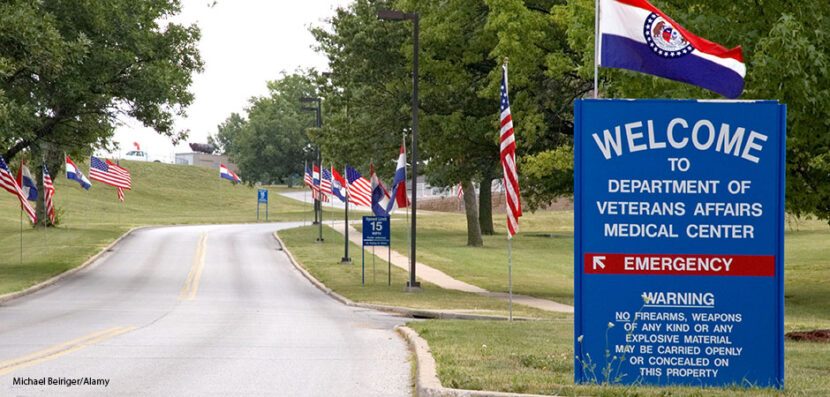- Current Events New Alabama Congressional District Selects Candidates
- Current Events Nebraska Rejects Winner-Take-All Proposal
- Citizenship Voting Under Age 18
- Citizenship Citizenship in Action
- Democratic Party Biden’s and Trump’s Recent Primary Results
- Elections Trump and Biden Win South Carolina and Michigan Primaries
Veterans Battle for Care
Most Americans agree that those who fight for our country deserve respect and support upon their return. In fact, the VA–or the United States Department of Veteran Affairs— exists for this very purpose. However, the VA increasingly struggles to meet the needs of the growing veteran population. At the same time, Congress has recently expanded its role. Here, Election Central takes a look at the growing gap between what the VA provides, and what veterans need.
What is the VA?
The role of the Department of Veteran Affairs is to support military veterans after their time of military service. It provides healthcare services to veterans, as well as other non-healthcare benefits such as disability compensation, life insurance, and education assistance. Some veterans, such as those who suffer from PTSD (Post-Traumatic Stress Disorder) or who have lost a limb in battle, qualify for these services at no charge, while others with less severe injuries are required to help cover the cost of treatment.
However, the ongoing War on Terror (which has been an ongoing military campaign since 2003) has stretched the VA’s resources thin. As a result, many veterans feel that it takes too long to receive VA benefits and services and that even once they do, these services aren’t adequate to fit their needs.
Bridging the Gap
One way that the VA has tried to bridge this gap–between what it can provide, and what veterans need–was by introducing a caregiver program in 2011. Rather than pay millions or even billions of dollars to provide disabled veterans with home healthcare, it gives family members (such as spouses or parents) a stipend for caring for the disabled veteran themselves. This program is critical for disabled veterans, who often can’t manage daily tasks without assistance. The aid is also very important for the veteran’s caregivers, who many times have to quit their jobs to care for their loved ones around the clock.
“Expanding” the Program?
In May, Congress voted to expand the caregiver program to include pre-9/11 veterans. However, since then, instead of adding caregivers to the program, many VAs around the country have begun dropping them, often without explanation. The VA says that this is a natural side effect of “standardizing” the program–in other words, making sure that everyone who is currently enrolled in the program is disabled enough to really need it.
It also claims that because the War on Terror is winding down, fewer and fewer veterans require these services. But the numbers of families being dropped from the program is often drastic. In fact, the VA in Charleston, South Carolina dropped 94 percent of its caregivers in three years. The VAs in Northern Arizona and Augusta, Georgia, have also dropped more than 80 percent of their caregivers. It’s important to remember also that many of the disabilities suffered by veterans don’t go away with time; some injuries, including mental ones, can actually worsen as time goes on.
What’s Next?
Caregivers who are removed from the program can appeal to be reinstated. Currently, under pressure from several elected officials, the VA is working to improve its appeals process. But this does little to assist disabled veterans and their families in need of care right now.
Dig Deeper What happens to the VA during the current government shutdown? Investigate to see what happends to the services the VA provides.



